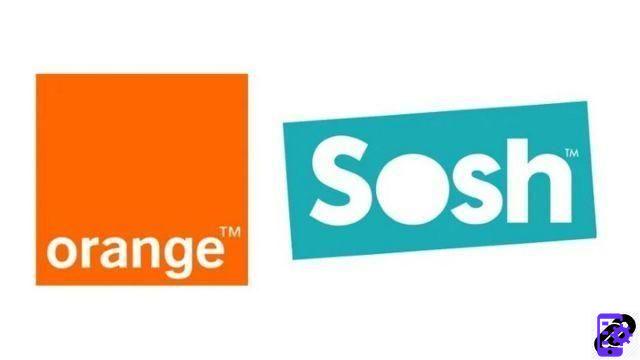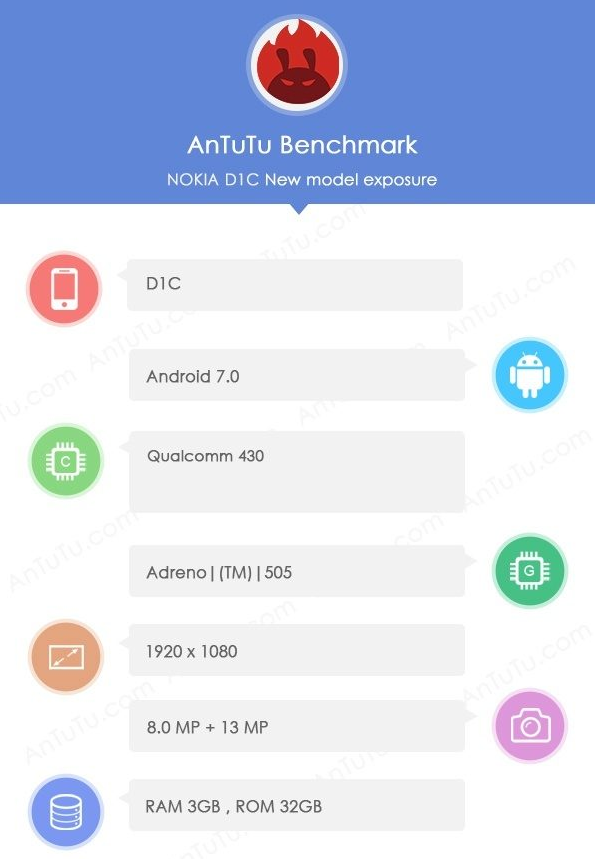
Skylum today released a new update that enriches the functions of luminar, a photo editing software that uses some functions based on theartificial intelligence.
I got to try out the new features added to luminary 4.2 and I will focus in particular on the biggest news: the AI Augmented Sky.
Luminar 4 had already impressed me for its efficiency, not only for the artificial intelligence integrations, but also because it allows you to do professional editing with extreme ease. With version 4.1 there were new implementations from the point of view of selectable night skies, today we no longer talk about the whole sky but how to give that extra touch to the images.

So let's see what we can do with AI Augmented Sky. This new feature allows you to add different objects to your photos: the moon, a balloon, birds and much more. Once the chosen element has been added, we can intervene on the dimensions, rotate it as we see fit, define the intensity of its sharpness all thanks to a system of masks. Obviously we can also intervene manually with a brush or an eraser to modify the masks created automatically.
Considering that these are objects that, as Luminar 4.2 makes us understand, will be positioned in the sky, if we try to put them in a portion of our image that is not recognized as the sky they will disappear. This because masks are automatically created to allow the object to be inserted even behind tree tops or other objects in the scene. Luminar 4.2 from this point of view does a great job, the masking is even more precise than in version 4.
Luminar 4.2 in practice:





It is perhaps not straightforward to understand how to add multiple elements to the same scene, but like all editing software, Luminar 4.2 also allows you to work on multiple levels. And it is precisely by creating a copy of the newly modified layer that we will be able to add other elements. A tip: better not to overdo it!
Just as you can upload your own sky images to the Luminar library to replace the ones you don't like, you can also upload objects. Obviously they must be objects with no background and in PNG format.
With Luminar 4.2 there are also news regarding the functions dedicated to the portrait. They are less striking, but they will certainly please portrait painters. In particular, there is a new modality which is called Brightness Removal and that goes to lower the excessive brightness that is often created on the forehead and cheeks of the person portrayed. With this new feature, portraits will look even more natural. In addition, the Thin Face 2.0 filter has been improved, which now slims faces more precisely and above all realistically.

The above is an example of how you can take advantage of both portrait and sky related functions with Luminar 4.2. I added the moon, blurring it and placing it partly behind the Taj Mahal and at the same time I activated the functions AI Enhance portrait.
It is clear that a software like Luminar, which talks a lot about Artificial Intelligence applied to photo editing, focuses mainly on this aspect, but the ones I have shown you are just two examples of what Luminar 4.2 can offer. For all those who are constantly struggling to find the right software for editing their photographs I suggest giving Luminar 4.2 a chance. Also, it is for sale at a much lower price than other software, but it really offers everything you need.
But how much is it?
Luminar 4.2 is available in three different configurations and all of them are currently discounted. It's worth a try in my opinion, even you can request a refund within 30 days of purchase if you are not satisfied.
The starting price is 114 euros, today on offer at 89 €.




















![[Review] Samsung Powerbot VR7000: the robot vacuum cleaner from Star Wars](/images/posts/6bc44de38605b5c0fa12661febb1f8af-0.jpg)





